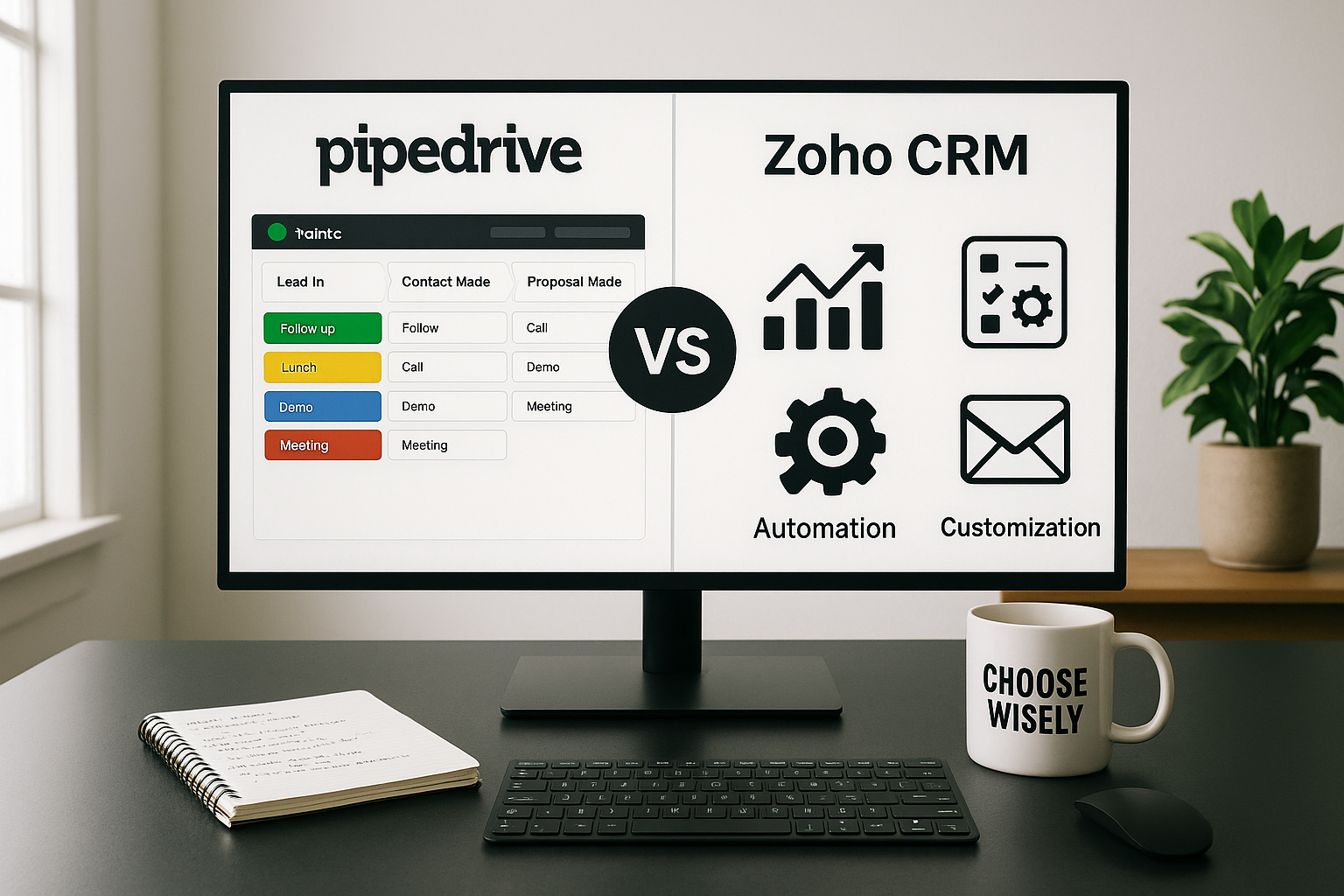SuiteCRM
What is SuiteCRM?
SuiteCRM is the offshoot of SugarCRM. The foundation of SuiteCRM`s platform is the last free release from Sugar in 2013. Community developers have since expanded the platform beyond its initial focus on sales, marketing, and service. You`ll find additional modules for project management, accounts, and more.
As an open-source CRM, the potential to scale and customize the software is endless. SuiteCRM can expand to fit businesses of any industry or size. However, the foundational CRM has significant limitations—namely, limited features and clunky functioning.
Open Source
While the CRM lacks functionality, it does create an excellent platform for your own modifications. With the help of a software developer, you can build custom modules, workflows, and integrations. You can also change the look and layout of the platform.
Layout and Customization
Whereas many CRMs direct you to a separate setting page to make changes, most things can be customized on-page in SuiteCRM. For example, in the Leads module, you`ll see an icon that looks like a coffee filter. As you can guess, it will filter your lead view according to your preferences. An icon that looks like a tiny spreadsheet lets you add and remove columns. You`ll see these icons throughout the other modules, from accounts to campaigns.
Personalizing your dashboards is highly intuitive. The standard dashboard opens up to display your opportunities, projects, events, leads, accounts, meetings, and tasks. These are your dashlets, and you can easily edit or remove them. Look to the right-hand corner of each dashlet. You`ll find an “x” button to delete, an arrow button to move it, and a pencil icon to edit. If you wish to add a dashlet, just click on the red “actions” tab.
SuiteCRM has one of the most thoughtfully designed layouts on the market. Everything is clearly signposted through attention-grabbing, red “action” buttons, cleverly located sidebars, and obvious icons. Despite its many modules and customization options, SuiteCRM remains easy to navigate.
Contact Management
Contacts appear in a list view similar to Excel. When you click on an entry, it will open the client record. The first thing you see is the contact details. Below, you have a long yet tidy list of relevant information such as projects, activities, documents, history, and more. You can expand each of these subcategories by hitting the plus sign. These subcategories can also be viewed by department. For example, click the sales tab to see a smaller selection of subcategories related to sales.
To contact your clients, you`ll need to integrate with email and telephony applications.
Campaign Builder
The Campaign Builder is dated and clunky, and you`ll need to add your own graphics. It`s a far cry from the beautiful templates you find in Keap and Act! CRM.
SuiteCRM lets you insert trackers to monitor email opens and click-throughs. You can also calculate your campaign ROI. For better campaigns, integrate with a third-party campaign builder and use the robust metrics native to SuiteCRM.
Workflows
Four workflows are native to SuiteCRM: record creation, record modification, email send, and calculate field. While automating these actions will surely save you time, it`s a limited offering. To set up these tasks, you must program conditional logic into the workflow. It`s hard work, and the rewards are few, especially when compared to the drag-and-drop, multistep automations available in HubSpot and Salesforce.
Sales Features
SuiteCRM differs from other CRMs by focusing primarily on after-sale care, such as quoting, invoicing, contracts, and renewals.
Features
- Customer self-service
- Sales portal
- Marketing ROI calculator
- Finance management
- Pricing strategy control
- Contract renewals servicing
- Q&A support
- Billing and invoicing
- Flexible workflow
- Servicing
- Flexible modeling of business processes
- Template quotations
Pricing
Free trial - yes
Free open source CRM- Free for unlimited users
SuiteCRM: On Demand- Hosted version of the software. See pricing below:
- Starter- $132 per user per month billed annually
- Business - $463 per user per month billed annually
- Premium - $662 per user per month billed annually
Support
- Webinars
- Training
- Documentation
- Community
- Phone
VS
VS
VS
What is SuiteCRM?
SuiteCRM is a free and open source CRM, written in PHP. Open source CRM is commonly used as an alternative to proprietary software, such as HubSpot, Salesforce, and Microsoft Dynamics CRM. Unlike closed-source software, it offers the freedom to innovate along with endless customization options.
What is SuiteCRM good for?
SuiteCRM is an excellent alternative to Salesforce. This enterprise-class CRM comes with all of Salesforce’s functionality and more--such as project management, invoices, and events. Best of all, it comes without Salesforce’s price tag; SuiteCRM is free for unlimited users.
Is SuiteCRM really free?
SuiteCRM is a free and open-source CRM system. However, you’ll need a software developer on hand to modify the platform and they don’t come cheap.
How good is customer support?
-
Silver Support up to 15 Hours £1500, valid one year
-
Gold Support up to 30 Hours £3000, valid one year
-
Platinum Support up to 50 Hours £5000, valid one year

(2).jpg)


